The North keeps prices stable
In the Northern region, the price of live pigs this morning remained the same as the previous day, with no new adjustments, fluctuating from 51,000 - 53,000 VND/kg.
 Illustration photo. Source: Internet
Illustration photo. Source: Internet
The price of 52,000 VND/kg is currently recorded in many localities including Tuyen Quang, Cao Bang , Thai Nguyen, Lang Son, Quang Ninh, Lao Cai and Dien Bien. In the two provinces of Lai Chau and Son La, the price is still at the lowest level in the region, reaching 51,000 VND/kg.
On the contrary, Bac Ninh, Hanoi , Hai Phong, Ninh Binh, Phu Tho and Hung Yen provinces continue to have the highest prices in the North, reaching 53,000 VND/kg.
Central Highlands - Central region unchanged
The Central Highlands region also recorded stable prices this morning, ranging from 49,000 - 52,000 VND/kg.
Thanh Hoa and Nghe An continue to maintain the level of 52,000 VND/kg - the highest in the region, while Ha Tinh and Lam Dong maintain the level of 51,000 VND/kg.
Quang Tri, Thua Thien Hue, Da Nang, Quang Ngai and Gia Lai provinces are still in the lowest group, with prices of VND49,000/kg.
Dak Lak and Khanh Hoa are currently trading at 50,000 VND/kg and there is no adjustment compared to yesterday.
The South fluctuated slightly, no new changes recorded.
In the South, the price of live pigs this morning was recorded at around 49,000 - 52,000 VND/kg, the average level was 51,000 VND/kg, unchanged from the previous session. Dong Nai, Tay Ninh and Ca Mau provinces are currently purchasing at the highest level in the region at 52,000 VND/kg.
An Giang, Ho Chi Minh City and Can Tho are all at 51,000 VND/kg, while Dong Thap is at 50,000 VND/kg. Vinh Long is still the locality with the lowest price in the region, at 49,000 VND/kg.
Trends and solutions for livestock development
Experts predict that the price of live pigs in the first half of November will continue to fluctuate around 49,000 - 53,000 VND/kg, before possibly increasing slightly at the end of the year when demand increases.
Developing concentrated livestock farming models, combined with high-tech applications like in Da Nang, is considered a sustainable direction to help the livestock industry minimize long-term price and disease risks.
According to the Agriculture and Environment newspaper, in recent years, even small-scale livestock farmers in Gia Lai have been encouraged to apply biosafety models, helping to stabilize production.
According to Mr. Huynh Ngoc Diep - Head of the Gia Lai Animal Husbandry and Veterinary Department - livestock farmers in the province are regularly guided by the authorities on disease prevention measures for livestock. Previously, this work was implemented through Veterinary Stations and District Agricultural Service Centers, now the Regional Animal Husbandry and Veterinary Stations. Thanks to that, livestock diseases in Gia Lai have been effectively controlled, helping to minimize damage and contribute to poverty reduction for rural people, especially in the Eastern part of the province, where household livestock farming still accounts for a large proportion.
According to Mr. Nguyen Van Binh (46 years old) in Phu Thuan village, Hoai An commune, Gia Lai province - who raises about 10 sows and 100 pigs - he has been involved in the livestock industry for more than 15 years. However, in late 2024 and early 2025, his pig herd was affected by African swine fever for the first time. In previous years, despite the widespread blue ear disease, his pig herd was still safe thanks to fully complying with the veterinary industry's instructions, especially the mandatory vaccinations according to the regulations of the former Ministry of Agriculture and Rural Development (now the Ministry of Agriculture and Environment).
Source: https://doanhnghiepvn.vn/kinh-te/gia-heo-hoi-ngay-4-11-2025-on-dinh-tren-ca-3-mien/20251104093212657



![[Photo] Comrade Nguyen Duy Ngoc holds the position of Secretary of the Hanoi Party Committee](https://vphoto.vietnam.vn/thumb/1200x675/vietnam/resource/IMAGE/2025/11/04/1762234472658_a1-bnd-5518-8538-jpg.webp)
![[Photo] Ho Chi Minh City Youth Take Action for a Cleaner Environment](https://vphoto.vietnam.vn/thumb/1200x675/vietnam/resource/IMAGE/2025/11/04/1762233574890_550816358-1108586934787014-6430522970717297480-n-1-jpg.webp)
![[Photo] Ca Mau "struggling" to cope with the highest tide of the year, forecast to exceed alert level 3](https://vphoto.vietnam.vn/thumb/1200x675/vietnam/resource/IMAGE/2025/11/04/1762235371445_ndo_br_trieu-cuong-2-6486-jpg.webp)
![[Photo] The road connecting Dong Nai with Ho Chi Minh City is still unfinished after 5 years of construction.](https://vphoto.vietnam.vn/thumb/1200x675/vietnam/resource/IMAGE/2025/11/04/1762241675985_ndo_br_dji-20251104104418-0635-d-resize-1295-jpg.webp)



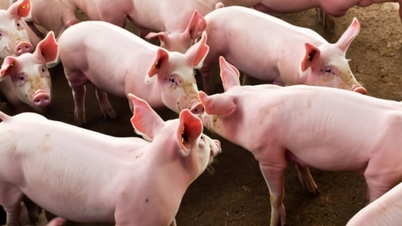











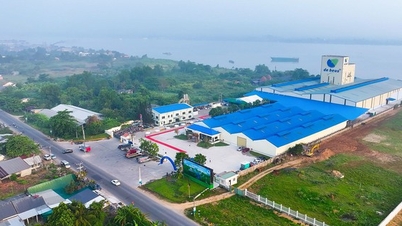
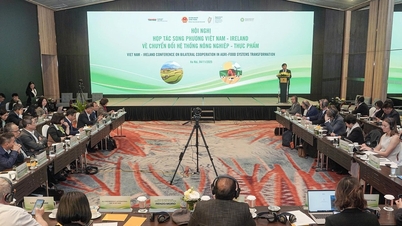











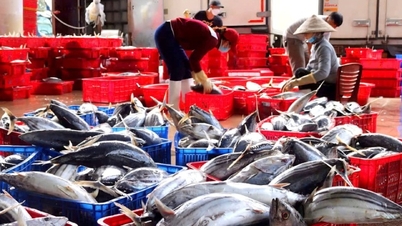






















































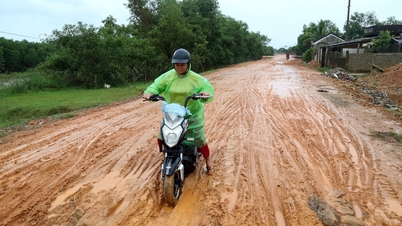
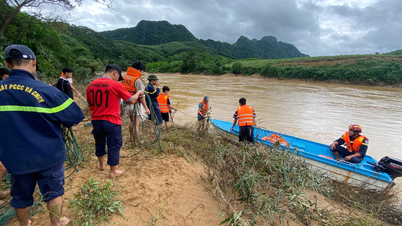

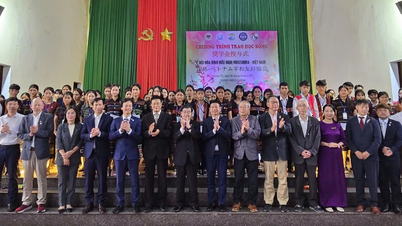


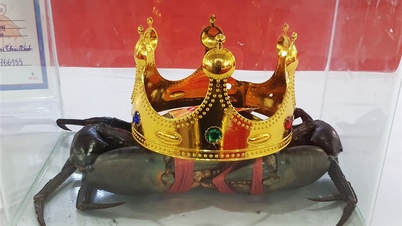















Comment (0)